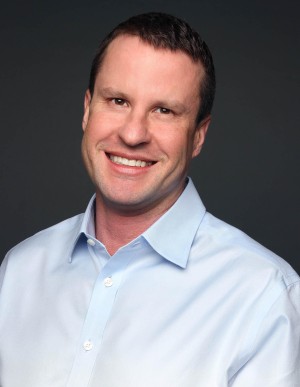- Video Library
- Ken Mariash Presents Sinaptica Therapeutics at LSI USA '23
Ken Mariash Presents Sinaptica Therapeutics at LSI USA '23

Ken Mariash
Ken has 20+ years leading and growing new business ventures on both the 'Buy Side' and the 'Build Side.' He started his career in management consulting at Charles River Associates, then jumped to industry at CSL, then Baxter BioScience (now Takeda), and Boston Scientific, with leadership roles in marketing, strategy, and corporate development. At Boston Scientific's nearly $1B Neuromodulation division, he was the global commercial lead for the highly successful Cosman RF ablation business he helped acquire. He also built the division’s Strategy function, providing leadership in areas including strategic planning, BD assessment, R&D portfolio management, digital strategy, and investments in next-gen platforms & new indications. In 2019 he joined EBT Medical, a venture-backed, clinical-stage startup developing a disruptive neuromodulation device for overactive bladder, where he oversaw all commercial aspects of the business.
As CEO of Sinaptica, he is leading the team to advance their personalized closed-loop neuromodulation therapy for Alzheimer's, which has generated unprecedented Phase 2 sham-controlled clinical data that was recently published in the prestigious neurology journal Brain. Sinaptica has FDA Breakthrough status for its novel proprietary approach which combines rTMS, EEG, and Neuronavigation with a sophisticated ML-derived personalization engine based on a novel brain target-- the precuneus, the central hub of the Default Mode Network, a brain network involved in episodic memory. The company has completed all clinicals to date with nondilutive funding, and is now in-process on a financing to complete the clinical product (SinaptiStimTM - AD) and preparing to initiate pivotal study in 2024.
Ken Mariash
Ken has 20+ years leading and growing new business ventures on both the 'Buy Side' and the 'Build Side.' He started his career in management consulting at Charles River Associates, then jumped to industry at CSL, then Baxter BioScience (now Takeda), and Boston Scientific, with leadership roles in marketing, strategy, and corporate development. At Boston Scientific's nearly $1B Neuromodulation division, he was the global commercial lead for the highly successful Cosman RF ablation business he helped acquire. He also built the division’s Strategy function, providing leadership in areas including strategic planning, BD assessment, R&D portfolio management, digital strategy, and investments in next-gen platforms & new indications. In 2019 he joined EBT Medical, a venture-backed, clinical-stage startup developing a disruptive neuromodulation device for overactive bladder, where he oversaw all commercial aspects of the business.
As CEO of Sinaptica, he is leading the team to advance their personalized closed-loop neuromodulation therapy for Alzheimer's, which has generated unprecedented Phase 2 sham-controlled clinical data that was recently published in the prestigious neurology journal Brain. Sinaptica has FDA Breakthrough status for its novel proprietary approach which combines rTMS, EEG, and Neuronavigation with a sophisticated ML-derived personalization engine based on a novel brain target-- the precuneus, the central hub of the Default Mode Network, a brain network involved in episodic memory. The company has completed all clinicals to date with nondilutive funding, and is now in-process on a financing to complete the clinical product (SinaptiStimTM - AD) and preparing to initiate pivotal study in 2024.

17011 Beach Blvd, Suite 500 Huntington Beach, CA 92647
714-847-3540© 2025 Life Science Intelligence, Inc., All Rights Reserved. | Privacy Policy







